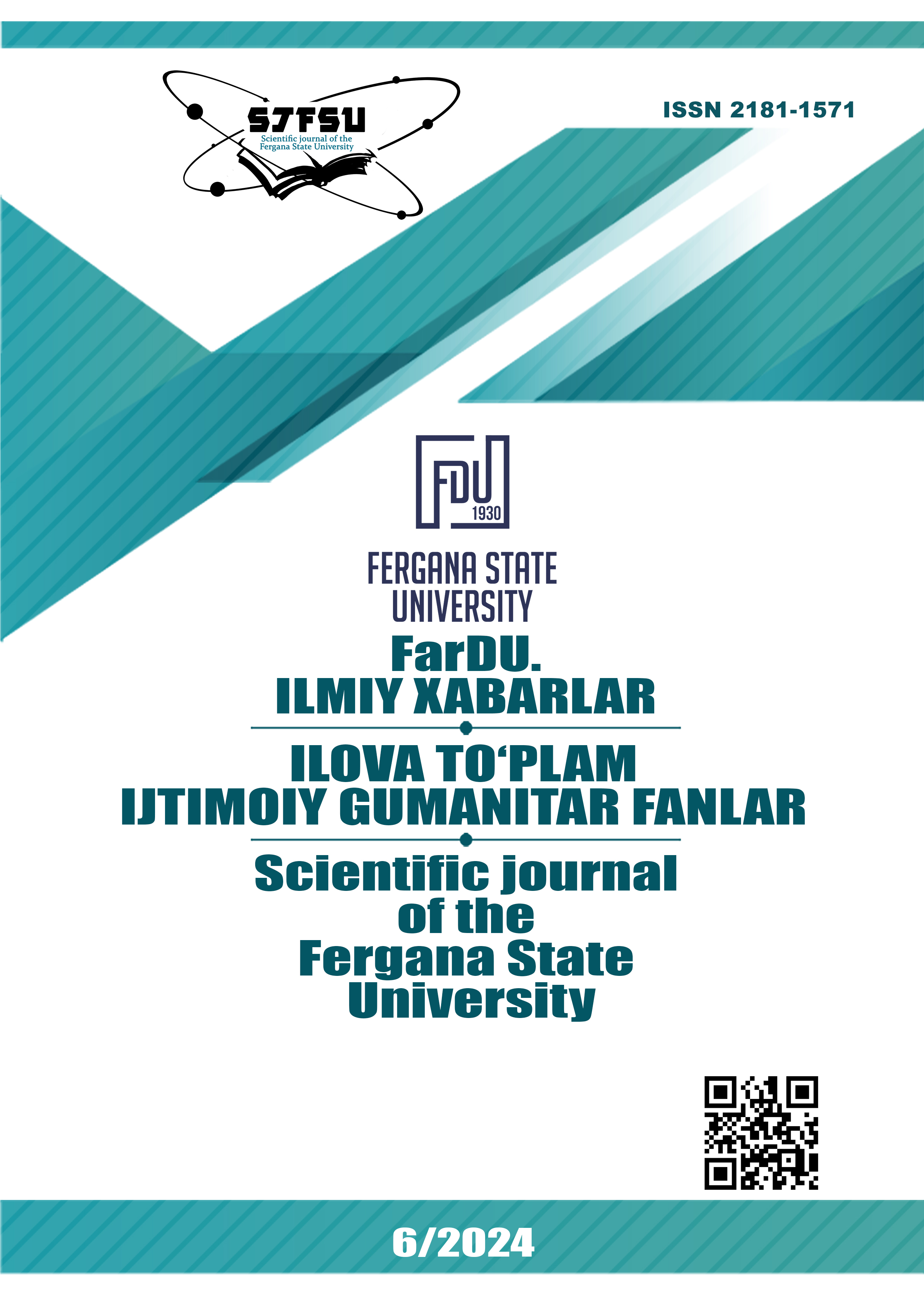ANALYSIS OF THE SEMANTICS OF LANDSCAPE TERMS IN THE UZBEK AND ENGLISH LANGUAGES AND THE FEATURES OF THEIR USE
Keywords:
semantics, landscape, terminology, linguistic methods, anthropogenic landscape, metaphor, geographical factor, cultural factorsAbstract
This article provides a systematic and in-depth analysis of the semantic features of landscape terminology in Uzbek and English. The primary objective of the study is to examine the linguistic characteristics of landscape terms in their contemporary usage across the two languages and to identify their correlations with various cultural, historical, and linguistic factors. The research investigates the lexical-semantic structure of the terms, identifies their synonymic series, semantic parallels, linguistic variations, and terminological distinctions.
The frequency of use, functional features, and contextual connections of landscape terminology are analyzed using linguistic and statistical methods. Specifically, methods of textology, corpus linguistics, and semantic analysis are applied to uncover the practical aspects of the functioning of linguistic units in modern discourse. This approach provides both theoretical and practical insights into the commonalities and distinctions of landscape terminology in Uzbek and English.
The study results contribute to a deeper understanding of the mutual influence of terminological bases in the two languages, the exploration of the linguistic evolution of landscape terms, and the foundation for broader and more detailed study of terminological units in this field. This work not only enriches the theoretical framework for linguistic research but also expands the possibilities for its practical application.
References
Самохина Е.В. Репрезентация концептосферы "Lаnd" в английской лингвокулыуре: Дис канд.фил.наук. – Волгоград, 2010. – 246 с.
Гавриленко О.В. Когнитивное освоение ландшафта в британской и американской лингвокультурах: сравнительно-сопоставительное исследование: Дис. ... канд. филол. наук. – Владивосток, 2010. – 181-186 с.
Ивашкевич И.Н. Лексическая категоризация // Когнитивные исследования языка. – М.: Ин-т языкознания РАН, 2012. – 192 с.
Прохорова M.R. Цвет как основа характеристики человека в сравнительных словосочетаниях (на материале русского, английского и французского языков): Дис. ... канд. филол. наук. – Тамбов, 2010. – 61-65c.
Usmonova Sh.Y.(2023). О‘zbek vа ingliz tillаridа lаndshаft аtаmаlаrining struktur xususiyаtlаri. International Multidisciplinary Research in Academic Science (IMRAS) Volume. 6, Issue 07, 552-556 b
Usmonova Sh.Y.(2023). Comparative analysis of landscape terms in uzbek and English languages. Journal of research and innovative. May, 10-13 p
Оxfоrd Аdvаnсed Leаrner’s Diсtiоnаry оf Сurrent English
Downloads
Published
Issue
Section
License
Copyright (c) 2025 Scientific journal of the Fergana State University

This work is licensed under a Creative Commons Attribution-NonCommercial-NoDerivatives 4.0 International License.

